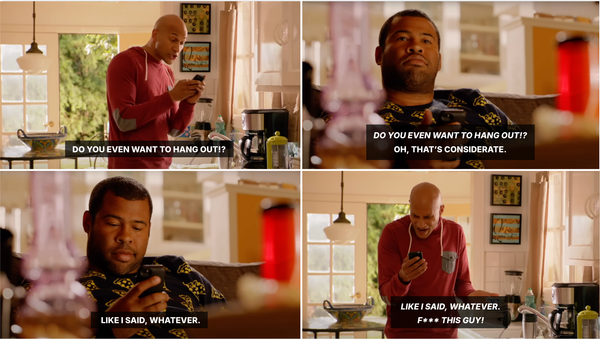Stop Fighting for Time, Start Making It Count

Your CMO will always be slammed. Here's how to work with (and not against) that reality.
“We can never get on their calendar.”
We hear it so often. Teams desperately need time with their Chief Marketing Officer, but they're in back to backs from now until eternity. They’re lucky if they can snag 30 minutes six weeks out, and by then, it’s far too late.
Every time we hear this, we let out a big sigh and get out our megaphone to remind everyone: it is always going to be like this. So what can you actually do differently?
These principles will help you operate effectively even when face time is impossible to secure.
1. Stop Waiting for Open Calendar Windows
Your CMO will never be less busy. Waiting for their schedule to clear is like expecting rush hour traffic to disappear. Instead:
- Communicate asynchronously with clear, actionable updates
- Use their existing meeting rhythms rather than requesting new time
- Build buffer time into your own planning so their delays don't derail your progress
- Master the art of the well-crafted email that requires minimal response
2. Become the Strategic Filter
Your job is to be the CMO's cognitive firewall. Before anything reaches their attention, apply this filter:
- Does this require executive judgment? If not, make the decision and update them on outcomes
- Is this truly urgent or just convenient timing for me? Batch non-urgent items for scheduled check-ins
- Can this wait for our next planned touchpoint? Respect their time boundaries
- What's the smallest viable decision they need to make? Narrow the scope of their involvement
Think of yourself as their Chief of Staff, not their direct report. Your goal is to expand their capacity for strategic thinking by handling everything you reasonably can.
3. Master the Brief
When you do get time, make it count. Structure every interaction using this five-point format:
Situation: What's happening in 1-2 sentences
Options: Three viable paths forward (no more, no less)
Recommendation: Your clear choice with reasoning
Decision needed: The specific call they need to make
Timeline: When you need their input and what happens next
Example: "Our Q4 campaign creative is testing poorly. Option 1: Pivot to our backup concept (safe but generic). Option 2: Invest two weeks in new creative (risky timeline). Option 3: Launch with current creative and optimize in-flight (acceptable performance). I recommend Option 2 because our brand differentiation is worth the timeline risk. Decision needed: Do we green-light the new creative development? Need your call by Friday to stay on launch schedule."
This format transforms 30-minute exploration sessions into 5-minute decision points.
Remember, the goal isn't making your CMO less busy - that’s a losing game. The real win is ensuring they're busy with work that only they can do.





